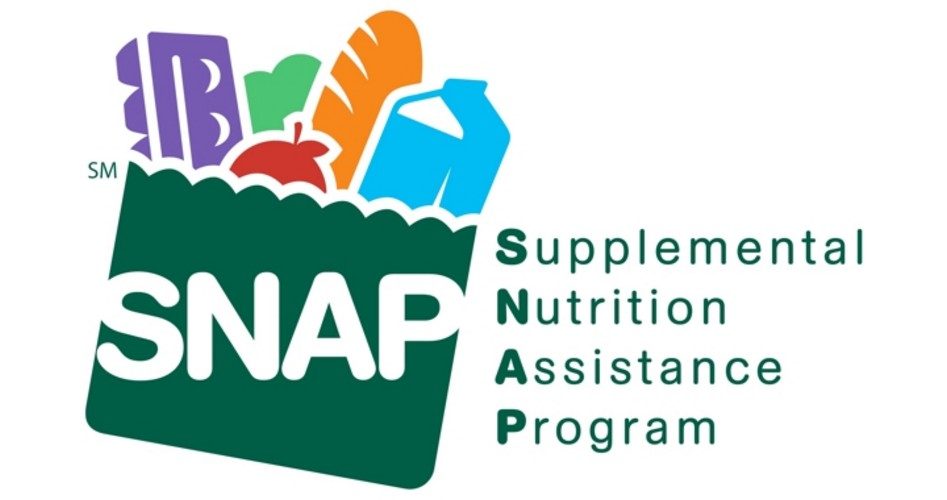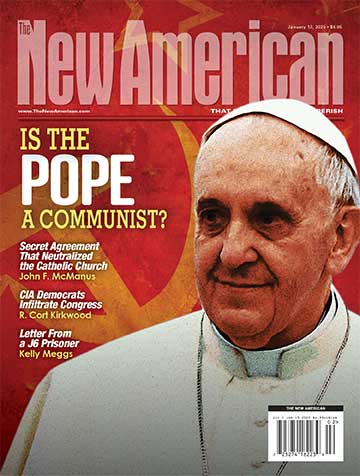
Government-funded “bread and circuses” is understood to be a major cause of the decline of the Roman Republic and its degeneration into an Empire. Since Barack Obama took office the number of “food stamp” recipients has increased by a staggering 19 million people to a total of over 45 million recipients.
The food stamp program, now known as the Supplemental Nutrition Assistance Program (SNAP), has more beneficiaries than at any other time in American history. Amazingly, the number of individuals receiving SNAP benefits has increased at a time when the unemployment rate has steadily declined to its present 4.9 percent. In comparison, the last time the unemployment rate was this low was in 2008 on the eve of the “Great Recession.” At that time, only 28 million Americans received food stamps.
A major reason for the dramatic increase in users of food stamps while the official unemployment rate has declined is that 94 million Americans are not even participating in the workforce. In other words, a huge reason for the decline in the unemployment rate is that those persons — now in the millions — who have “given up” looking for a job are not counted in the unemployment rate. To be counted in the unemployment rate, a person has to be actively looking for a job.
With food stamps, however, it has become much easier to survive without a job.
In 2008, 70 percent of eligible recipients took assistance — by 2013, this figure had grown to 85 percent.
As Robert Rector of the Heritage Foundation explained, “Clearly there’s been a group of people who are not in the labor force, and 10 years ago they would have been. Now they’re relying on food stamps.”
But the users of food stamps are not the only ones who benefit from this program. Another segment of society that benefits from more individuals on food stamps, and other forms of government assistance, are those who administer these wealth-transfer programs.
Additionally, those involved in all levels of food production certainly benefit. In fact, the genesis of the modern food-stamp program can be traced to the days of the New Deal of President Franklin D. Roosevelt, when the concern was about farm “surpluses.” Even before the Great Depression, the Farm Lobby pushed for government “price supports.” When Calvin Coolidge was president in the 1920s, he twice vetoed the McNary-Haugen bill, which would have required the federal government to buy up farm “surpluses.”
The bill proposed that if farm prices for various commodities dropped below certain levels, then the government would buy “surpluses” until the price rose back to that level. As Coolidge explained in his veto message, this would simply lead to farmers producing even more, thus dropping the price again. Secondly, the program would necessitate the creation of a vast federal bureaucracy to administer it (and thus creating yet another lobby for the program’s expansion).
Besides all of that, Coolidge did not see any constitutional authority for the federal government to be “fixing prices.”
The idea was resurrected in the Hoover and Roosevelt years, however. During the Great Depression, it was believed that with farm prices down, the government needed to reduce the farm surplus so as to drive up prices. This led to the infamous killing of pigs to drive up pork prices, and the pouring out of milk onto the ground to drive up dairy prices.
With so many Americans going hungry during the Depression, these were very unpopular actions. Secretary of Agriculture Henry Wallace (who later ran for president on the Progressive Party ticket in 1948 because he thought President Harry Truman was too conservative) conceived the idea of food stamps as a way to help feed more people and solve the “farm surplus.”
The program’s first administrator, Milo Perkins, succinctly explained what the Roosevelt administration wanted to accomplish. “We got a picture of a gorge, with farm surpluses on one cliff and under-nourished city folks with outstretched hands on the other. We set out to find a practical way to build a bridge across that chasm.”
It is clear, then, that a driving force behind the creation of a food stamp program was to benefit producers of food as well as consumers of food. And the taxpayers would pick up the tab. A modern incarnation of this idea is the “free” cellphone push — an idea certainly supported by the companies that make and distribute cellphones.
That food-stamp program ended with the close of the Depression, but it continued to have its share of advocates, even in “normal” economic times, including such liberal politicians as Hubert Humphrey and Stuart Symington. In 1959, Congress passed a law which authorized the Secretary of Agriculture to operate a food-stamp program. President Dwight Eisenhower’s secretary of agriculture, Ezra Taft Benson, persuaded Eisenhower not to do anything with the authorization.
Upon taking office, President John F. Kennedy did make use of the congressional authorization to issue his first executive order to begin a pilot food-stamp program. Strong support for the program came from rural members of Congress, who were concerned that urban lawmakers were going to cut farm subsidies. In fact, the bill included provisions designed to raise the amount of price supports for cotton and wheat.
Following Kennedy’s assassination, President Lyndon Johnson asked Congress in early 1964 for a permanent food-stamp program, as part of his overall “Great Society,” which vastly increased the modern American welfare state. Interestingly, a member of the House Agriculture Committee who voted against the permanent food-stamp program was Kansas Republican Bob Dole.
By the time Dole was a senator, however, he had become so supportive of the program that he coauthored legislation with South Dakota Senator George McGovern, a liberal Democrat, that increased the distribution of food stamps (and was quite popular in the farm state of Kansas).
Dole assured those who were concerned about the dependency effect of the program, “I am confident that this bill eliminates the greedy and feeds the needy.” And despite Dole’s assurances to the contrary, the food-stamp program has expanded greatly since that time.
Now, even with a relatively low 4.9 percent unemployment rate, the number of Americans on food stamps has reached 45.8 million. Not surprisingly, this has reduced the incentive for many to either get a job, or to pursue a higher-paying job. Some Americans now rely on food stamps because of the effects of ObamaCare. Under the so-called Affordable Care Act, many employers avoid hiring full-time employees because of the mandate they provide healthcare plans for their employees, leading to many part-time workers who turn to government programs such as SNAP and “free” cellphones to supplement their incomes.
Steve Byas is a professor of history at Hillsdale Free Will Baptist College in Moore, Oklahoma. His book, History’s Greatest Libels, is a challenge to some of the great lies of history told about such figures as Marie Antoinette, Christopher Columbus, and Joseph McCarthy.



